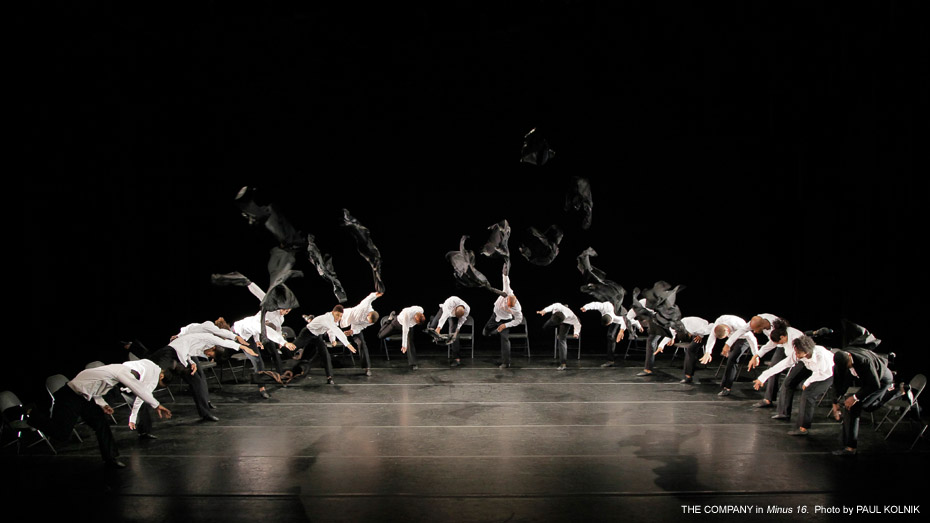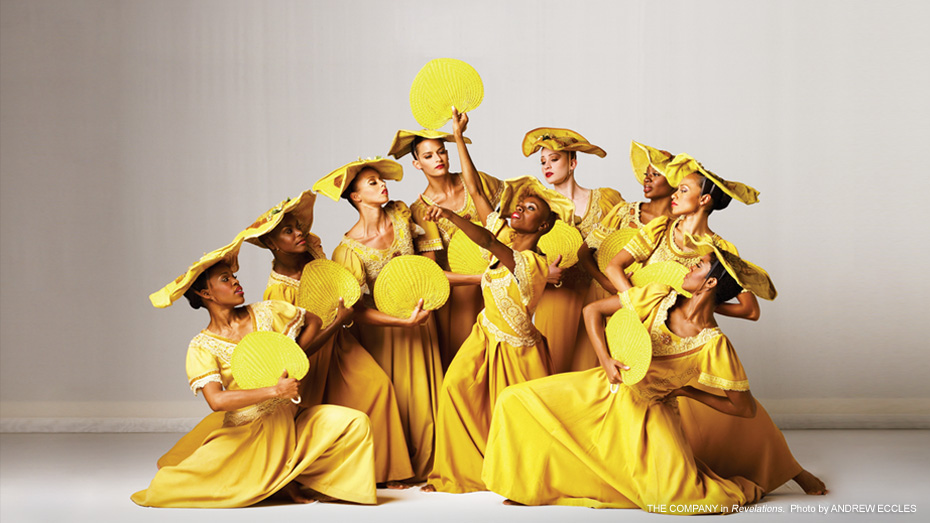My soul feels like it leaves my body sometimes and yet I have chills from my head to my toe. — Ashley Green
Columbia is home to a plethora of artists who put their all into their work. One of these passionate communities, rife with those reaching for the stars, is the dance community. Ashley Green, 23, grew up in Charleston, South Carolina, before moving to dance in Seattle and New York.
Some of Green’s first serious studies were with Columbia’s Dale Lam, who fondly recalls their moments together: “Les and I would drive her halfway home to meet her mom, who would pick her up and take her on home.”
Jasper had the chance to talk with Green about her recent accomplishments, such as winning a Princess Grace Award and joining dance company Alvin Ailey.
JASPER: Was dancing an early love for you, or something you fell in love with over time?
GREEN: When I was younger and first starting dance, I actually didn’t like it that much. But then around nine, it became everything. I would never want to leave the studio. I would stay until 10 o'clock at night. Sometimes I wouldn't even be dancing but would love just being there late.
JASPER: And you danced in Charleston and Columbia, right? Did you go to school for it as well?
GREEN: Around 13 I started coming to the Columbia City Jazz Conservatory to dance with Dale Lam. My initial objective after graduating high school was to move to New York or LA, but I spent half a summer in LA and realized I didn’t want to be there. I knew I had to go to school, then, and I chose Point Park University in Pittsburgh, where I studied dance.
JASPER: Was there a turning point with dance where you knew, “I want this to be my life."
GREEN: Realistically, the time I fully knew would've been college. One day I realized, this is actual work, actual, actual work. This is trauma coming to the surface. This is work with no pay, with mental health issues here to stay. And I just didn’t know. But then one day I went into the studio by myself, and I was just dancing, and I was like, ‘wow, I want to do this forever.’
JASPER: How would you verbalize the feelings that accompany you when you dance?
ASHLEY: When it feels really good, it feels very orgasmic. My soul feels like it leaves my body sometimes and yet I have chills from my head to my toes. And I think that's what keeps me…it feels like a drug, like I'm fiending for it at all times. Even when I hate it, I'll come home after work and I'm like, "I need that feeling." So, I'll just go dance in my living room.
JASPER: And you chased that feeling to Whim W’Him in Seattle, right? What went into the decision to go and then leave there?
GREEN: My whole gist of everything is that I want to inspire younger generations. And with Whim W'Him, I could have done that, but it's different because everyone in the company was white-facing or of Asian descent...which was beautiful and great, but I don't think that for who I wanted to reach, I could ever reach them there. Seattle is very white as well, and while I love Seattle, and I love that company, I wanted to broaden my brand—dare I say—and broaden who I reach.
JASPER: How did you choose Alvin Ailey as your place to go?
GREEN: They called me one day because they were looking for new people. Somebody, maybe a friend, suggested me to the director, and then from there, I got into the company. I didn't audition or anything—I think they couldn't have an audition because of New York's COVID protocol. But I wasn't seeking it. It kind of fell in my lap.
JASPER: And it was around this same time, this year, that you won the Princess Grace Award, right? Can you tell me about it?
GREEN: My director in Seattle told me they were going to nominate me in February, and I was like, okay, I'm 23, I don't know how that's going to work out because I'm so young. It's very competitive and prestigious. But Princess Grace has always been a goal of mine—I just thought it wouldn't happen until I was like 27, 28. I honestly forgot I applied, and the lady called me a good ten times before I finally answered, and when she told me I won, I couldn’t believe it. Twenty-three has been a year of successes for me, and I just feel so lucky.
JASPER: So, what does a day in the life of Ashley Green the award-winning dancer look like?
GREEN: Well, usually, I wake up at like 8:00/8:30. My fittings are usually at 9:00, and then from the fitting I go to ballet class. From class, I go to rehearsal until 7:00, and then I come home and try to stir up some courage to dance in my living room because that saves me. You know, let me settle down from this long day and be with myself.
JASPER: Do you have a favorite style or styles you return to, especially when you dance for yourself?
GREEN: I think contemporary is my favorite, but maybe because it's the best I can do. What I have the most fun doing is hip hop. I just don’t do it very often. I really like them all, but hip hop is my favorite one and contemporary is the one I'm good at.
JASPER: Do you have ideas for your career post-twenty-three?
GREEN: If God is willing, I really would love to move to Europe. I want to dabble in literally everything that I can before it's too late, but I'm just kind of on the ride. Honestly, the goals that I’m accomplishing here right now are my goals that I had for myself at like thirty. Something that I really want to do is own my own dance company. Eventually. And if I didn't, I think I would love to start a community facility for young girls, a mentorship program so that they could feel like they're supported with professional dancers behind their back.
JASPER: In your career so far, have you had any moments that stand out?
GREEN: I have one. It was my second semester of college, and I was doing a Garfield Lemonius piece, and I connected to it on such a deep level. I was in this moment of time where I felt like I was really stepping into my own artistically and with my body, and I remember being on stage and–literally–I could see clouds, and it felt like angels were singing to me while I was doing this dance…even talking about it, I get chills because I felt the winds on me. And that's the most memorable moment I have as a dancer. And my parents had surprised me and were in the audience, and I didn’t know it!
JASPER: It sounds like your parents have been extremely supportive.
GREEN: They sacrificed so much for me. Truly and honestly, I would not be here without them and their sacrifice, always being such a crucial support system that I have needed throughout my life and moving through the process of adulthood and finding myself.
JASPER: On the note of finding yourself, earlier you discussed dancing amongst white-facing and Asian dancers; would you mind speaking about your journey as a Black dancer?
GREEN: I think it's hard sometimes for me to speak on the topic because I was lucky enough to be a very talented Black dancer, so I got treated differently. Granted, yes, there are microaggressions at all times because I am a Black woman in a white space. But it's like...this is why I'm in these spaces. If there's a white space, I'm going to enter it. It might put me in danger mentally, but it's showing we need representation in each spot. Because how can you evolve with no culture? And I think this is also why I need to step out eventually to another space, like interjecting space for Black dancers in European spaces so that kids here or there who are Black feel like they can enter these spaces confidently.
You can follow along Ashley’s journey as she creates these spaces on her Instagram @awagreen98.
By Christina Xan




